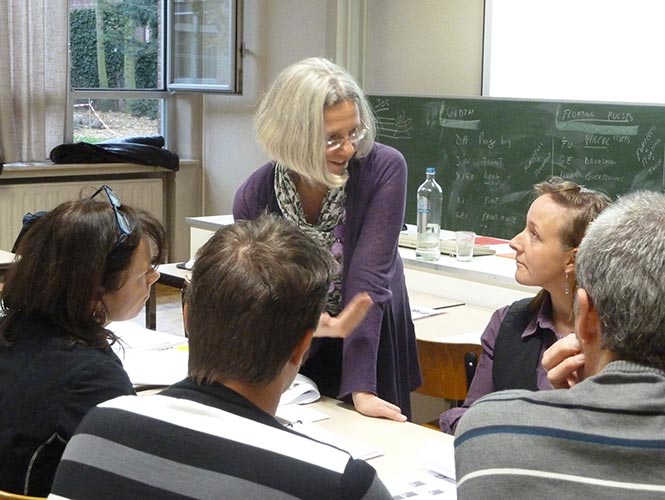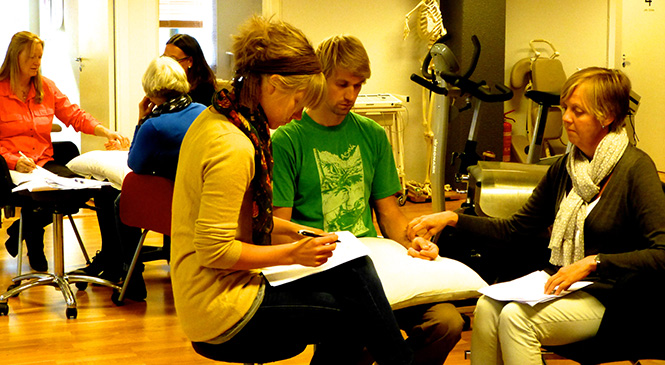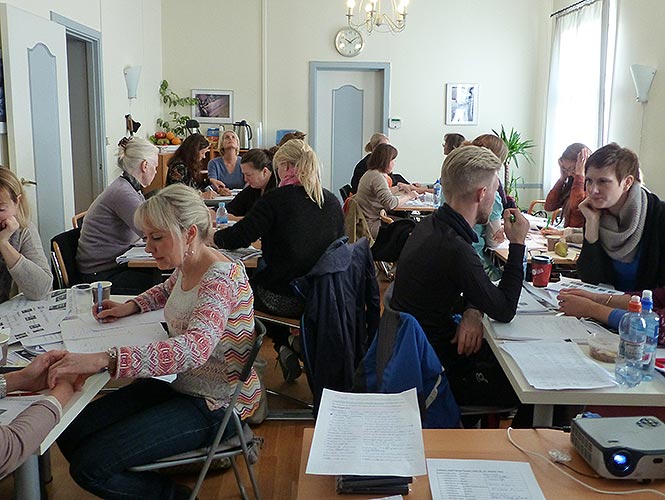The 3 Step System of Chinese Pulse Reading
Next seminars:
- December 1 & 2 2018, College of Naturopathic Medicine, Bristol
- February 16 & 17 2019, City College, London

Teaching pulse reading is one of the most challenging aspects of teaching Chinese medicine. Each student needs significant individual input from their tutors, and has to come to understand how to consistently name a tactile sensation. In our culture we are more geared to looking than to feeling, which makes this hard.

In addition, the words used to describe the sensations of the pulse have been translated from the Chinese in different ways by different translators and authors. This leads to confusion, when more than one word is used to describe one pulse sensation. It also leads to omission, when one English word is used to describe several Chinese pulses.
Frances did her MPhil on the Language of Chinese medicine in English (see her European Journal of Oriental Medicine article, Summer 2004), and it was this work that alerted her to the possibility of clarifying pulse reading by using language clearly related to the Chinese characters. She has also spent a lifetime developing the sense of touch both in music and in healing work, and she gives space and weight to the intuitive sense many of us get from the pulse. Frances has continually refined her approach to the pulse over the last 13 years, and has also studied Shang Han Lun pulses and the Shen-Hammer pulse system.

You can also read Frances’s article on the 3 Step System published in the European Journal of Oriental Medicine, Summer 2007.
Are you interested in organising a pulse seminar?
Stage 1 is normally a 2 day workshop introducing the 3 Step System, which focuses on feeling and interpreting the pulse, with a lot of practical work. Stage 2 focuses on Silent Diagnosis, putting pulse reading together with observation and tongue diagnosis to come to a diagnosis without asking questions. Download the pulse seminar information pdf here.